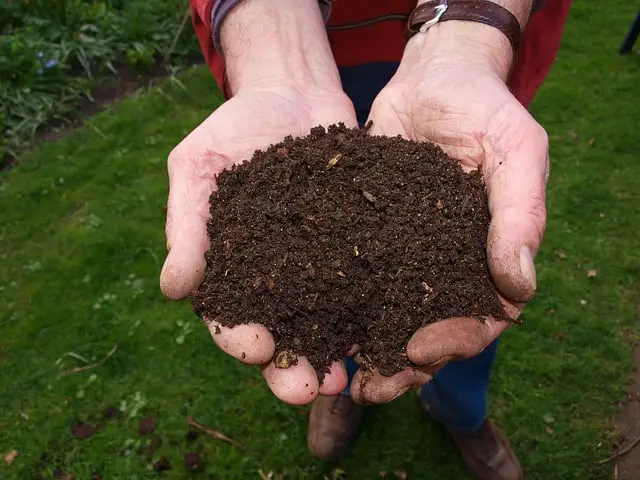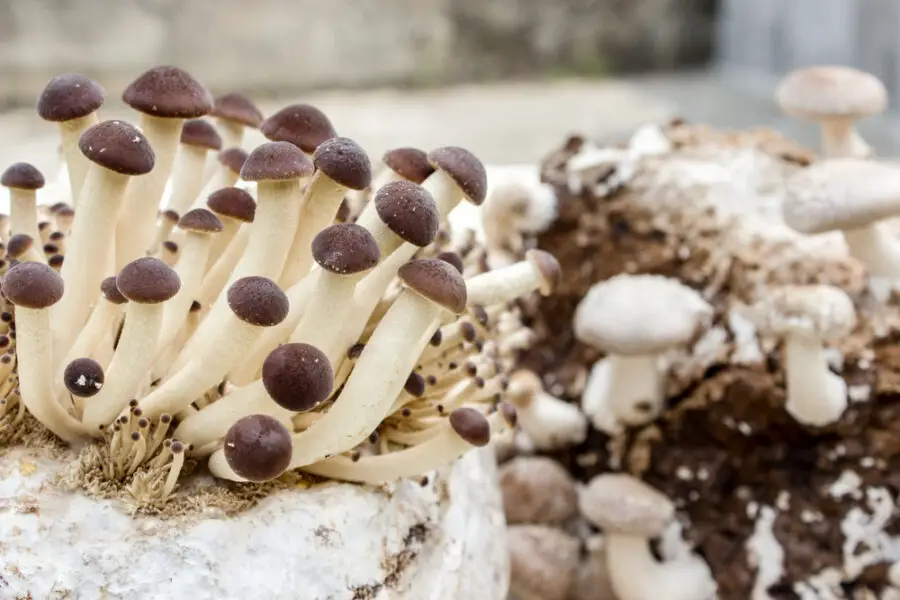Black morels grow best in dense woods with lots of leaf fall. Otherwise known as a deciduous woodland, these woods are heavily populated with maple, oak, elm, beech, birch, and aspen trees.
Black morels are also found often after forest fires, hiding out among the ash. Anywhere that has extremely nutritious or carbonized soil is a likely spot for black morel growth should any spores find their way there.
What Countries Do Black Morels Grow In?
Black morels are common in America and mainland Europe, particularly in Scandinavia. Scandinavia has plenty of mountainous slopes, another place where black morels like to grow, as they have access to fresh melting snow-water that is highly nutritious.
Although they are a different species, black morels also grow in North America. They are commonly found in Michigan but can also be located in Kentucky, Oklahoma, Arkansas, Virginia, Tennesse, and North Carolina.
Black morel growth is spreading geographically due to changing climates. In recent years, they have been sighted across the West coast, as well as in the southern regions of the Midwest.
What Do Black Morels Look Like?
There are 12 varieties of black morels, all of them appear very similar in size and shape. Black morels are darker than the common morel, but not entirely black as the name would have you believe.
Black morels have a body that has a burnt orange coloring or a solid cream color – depending on the variety. aThe head of the black morel is a very dark brown or cream color.
They have the same pitting as common morels and are hollow on the inside. Their cap is more pointed and honeycombed in appearance than other morels.
Are Black Morels Rare?
Morels in general are a rare species of mushroom, the black varieties are rarer.
However, the benefit of hunting black morels is that they tend to grow in clusters. Recently block morel hunters have found the black morel clusters are growing in size due to more conscientious hunting practices.
The reason black morels are are is that they are most commonly found after forest fires or on disturbed or heavily composted soil.
They can be found growing at the base of dead or dying trees like common morels, but this is rare compared to other morel species.
What Do Black Morels Taste Like?
Black morels taste almost the same as common morels. They have a firm texture that is fleshier than other mushrooms, and they have a deep earthy undertaste that makes them so desirable.
Black morels found after forest fires have a woody, smokey taste. Also known as fire morels, they are sought after for their additional ‘burnt’ taste that goes well in many dishes.
How Much Are Black Morels Worth?
Black morels are sold from $20 per pound, sometimes more depending on the time of year and the quality of the black morel harvest that year. In years where black morels are scarce. The seller can increase the price significantly if they wish.
Dred black morels are even pricer as they tend to be sought after during the autumn and winter months when fresh morels are unavailable.
How Big Do Black Morels Get?
Depending on the variety, black morels can grow anywhere from 2 -12 inches in height. They average around 2-7 centimeters wide and are very much like common morels in this regard.
Their caps take up most of their heigh space and are pointier than common morel caps.
When hunting for morels size matters. Morels are sold by the pound and are hollow inside, so their weight comes from their physical size rather than their density.
Which Tree is Best for Black Morel Hunting?
Although black morels will grow under most trees in any dense forest, they tend to favor poplar trees among them all.
Morels love poplar trees because they grow large, and the more mature the tree the better.
They also love apple trees and old apple orchards. The reason is that older trees secrete more resources into the soil, which the morels can claim and use for growth.
Apple and poplar trees also shed a lot of leaves, providing additional nourishment to the soil.
Which State Grows the Most Black Morels?
The border between Tenessee and Michigan has the most black morels and morel species in general.
If you hunt for long enough and record your findings, you will be able to see morel growth progression and theoretically track their migration across states.
Black morels, like all morel species, are a slow-moving target. They do not stay in one place due to their spores being carried on the wind and resettled elsewhere, although it takes several seasons for morels to change regions completely.
Where Do Black Morels Grow Best?
Black morels grow best in temperate climates and in soils that are rich in natural compost or are nourished by highly nutritious melting snow water.
Spring is the best time for black morel growth, as the winter frosts melt and dead leaves and branches from winter shedding have fully absorbed into the soil.
They grow around the bases of trees so that the sunlight is filtered and the soil is at its warmest. Black morels also benefit from shared nutrient exchange with other trees and plants.
Black morels grow best after a forest fire. After a fire, the carcasses of dead plants and animals provide extra minerals and goodness to the soil, giving the black morel even more nutritional support. It is likely that under these conditions you will find the tallest and largest black morels.
How Fast Do Black Morels Grow?
Black morels grow to maturity roughly 6 days after the mycelium has been established.
Mycelium is the network of underground spores that support morel growth and provide nutrients to the mushroom.
Mycelium also called hyphae and is present in all mushroom species. It acts almost like a web that provides communication between mushrooms and other plants nearby.
Mycelium can both give and receive nutrients and relies on spores being released from the mushroom ‘fruit’ in order to reproduce and continue the next generation.
Hi, I’m John Stephens, chief editor and writer for Totalgardener.com. I’ve been gardening and raising animals for over 15 years starting with a small backyard plot in Northern Virginia where I grew corn, potatoes, squash, and using a high mulch technique called the Ruth Stout Method. I also raised ducks and small mammals for meat and eggs in a movable pen similar to the ones used by Joel Salatin. I later moved to Colorado where I experimented with growing greens using aquaponics inside. I eventually added a microgreens setup and home sprouting operation. I’m excited to share everything I’ve learned plus more from the other local gardening and animal raising experts I know.



